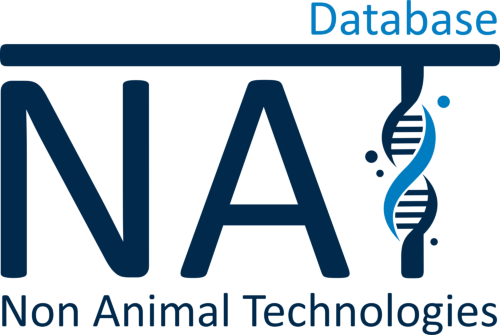Lung pericytes modulate microvessel structures
2015
University of Bern, Bern, Switzerland
Angiogenesis is a complex tissue-specific event that has a crucial role in several biological processes. However, in vitro models have important limitations in reproducing angiogenesis and vascular remodelling. Here, a 3D in vitro human lung microvasculature model was developed using primary human lung pericytes from lung cancer patients co-cultured with human umbilical cord vein endothelial cells to investigate mechanisms related to vascular regulation. The results showed that microvessels formed and remained stable for 14 days. Moreover, paracrine signalling from lung pericytes was essential for normal perfusion. The pericytes migrated toward endothelial microvessels establishing cell-cell communication and vascular-related structures. Furthermore, direct contact of pericytes and endothelial cells led to decreased permeability, a more regular microvessel architecture and to vasoconstriction response after phenylephrine treatment. Overall, the researchers develop a biomimetic platform to study the importance of pericytes on microvascular modulation and potentially investigate the changes induced by patient-derived cells in a physiologically relevant context.
Primary human lung pericytes support and stabilize in vitro perfusable microvessels
Thomas Geiser, Olivier T Guenat
Added on: 11-02-2021
[1] https://www.liebertpub.com/doi/10.1089/ten.tea.2014.0545[2] https://data.jrc.ec.europa.eu/dataset/176d71e6-5082-4b29-8472-b719f6bda323





